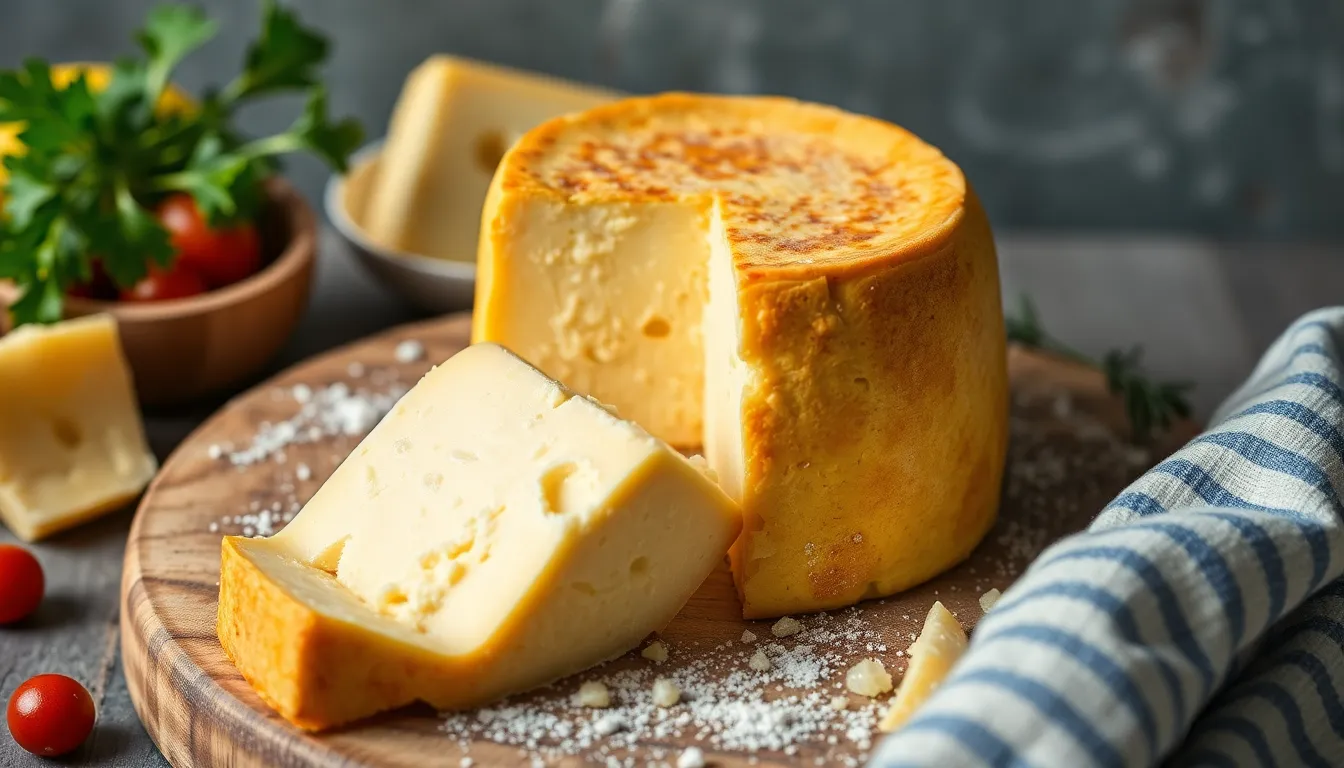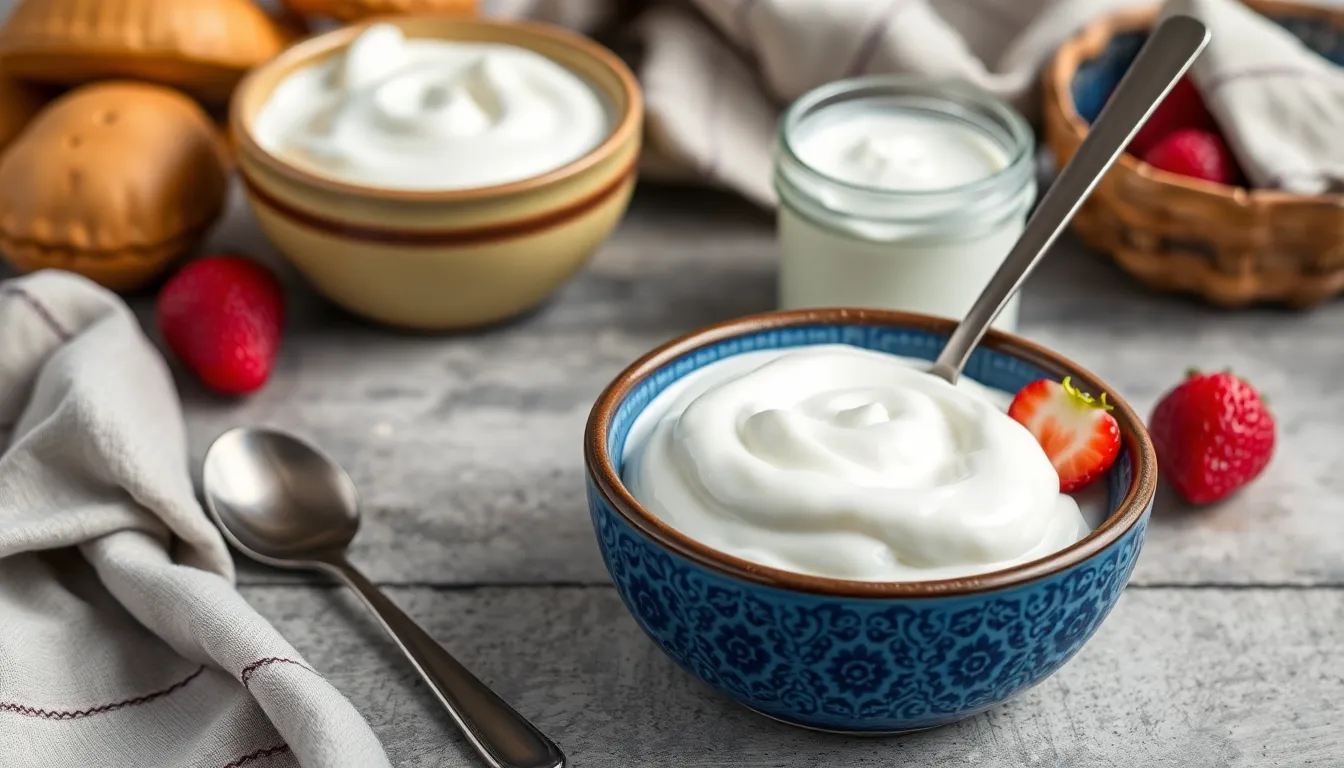How to Make Cheese from Scratch: A Step-by-Step Guide
Introduction
Cheese has been a staple in diets around the world for thousands of years, with its origins dating back to ancient civilizations. Over centuries, cheese-making techniques have evolved, but the fundamental principles remain unchanged. Making cheese at home not only allows you to reconnect with this ancient craft but also gives you the freedom to control every ingredient that goes into your cheese.
Homemade cheese boasts many benefits, including unparalleled freshness, the ability to tailor flavors and textures, and the satisfaction of creating something delicious from scratch. Whether you’re a seasoned cook or a kitchen novice, this guide will provide you with all the necessary steps to embark on your cheese-making journey.
Section 1: Understanding Cheese Basics
Before diving into the cheese-making process, it’s essential to understand the different types of milk and the fundamental components involved in creating cheese.
Types of Milk
- Cow Milk: The most common milk used for cheese. It produces a wide variety of cheese types.
- Goat Milk: Known for its tangy flavor, goat milk cheese is popular for its distinctive taste and health benefits.
- Sheep Milk: Richer and creamier than cow or goat milk, sheep milk is favored for cheeses like feta and pecorino.
Overview of the Cheese-Making Process
Cheese-making involves several key steps that transform milk into cheese. The general process includes:
- Preparing the milk
- Coagulating the milk
- Cutting the curd
- Cooking and stirring the curd
- Draining the curd
- Molding and pressing the curd
- Salting and aging the cheese
Key Ingredients Needed
- Milk: The primary ingredient.
- Starter Cultures: Bacteria that acidify the milk and develop flavor.
- Rennet: An enzyme that helps coagulate the milk.
- Salt: Adds flavor and acts as a preservative.
| Type of Milk | Flavor Profile | Fat Content | Common Cheese Types |
|---|---|---|---|
| Cow Milk | Mild and creamy | 3.5% – 4.5% | Cheddar, mozzarella, gouda |
| Goat Milk | Tangy and earthy | 4.0% – 5.0% | Chevre, feta |
| Sheep Milk | Rich and nutty | 5.0% – 7.0% | Pecorino, manchego |
Section 2: Equipment You’ll Need
To create your homemade cheese, you’ll need some essential equipment. Here’s a list of tools that will make the process easier:
- Cheese Pot: A large pot that can hold the amount of milk you’ll be using.
- Thermometer: For measuring temperature accurately.
- Cheesecloth: To drain the curds and whey.
- Strainer: To separate curds from whey.
- Ladle: For stirring and transferring curds.
- Cheese Mold: If making molded cheeses, invest in a mold that suits your desired shape.
When choosing your equipment, ensure that it is made from food-safe materials, is easy to clean, and is the appropriate size for your cheese-making needs.
Section 3: Step-by-Step Cheese-Making Process
Step 1: Preparing the Milk
Start by heating your milk to a temperature between 85°F to 90°F (29°C to 32°C). This is essential for the starter cultures to thrive.
Once the milk is at the right temperature, add the starter cultures according to the package directions. Stir gently to ensure even distribution.
Tip: Use a thermometer for accuracy. Maintaining the correct temperature is crucial for successful cheese-making.
Step 2: Coagulation
After the starter cultures have been added, it’s time to add rennet. Follow the manufacturer’s instructions for the correct amount based on the volume of milk you are using.
Let the milk sit undisturbed for about 30-60 minutes, depending on the recipe, until it forms a gel-like consistency. When ready, the curd should pull away from the sides of the pot.
Step 3: Cutting the Curd
Using a long knife, cut the curds into uniform pieces. The size of the curd pieces will affect the final texture of your cheese:
- Small curds: For soft cheeses like ricotta.
- Medium curds: For semi-hard cheeses like cheddar.
- Large curds: For aged cheeses like gouda.
Step 4: Cooking the Curd
Gently heat the curds while stirring slowly. The goal is to expel whey and firm up the curds. Maintain a temperature of about 105°F (40°C) for 30-45 minutes, stirring occasionally to prevent sticking.
Step 5: Draining the Curd
Once the curd is cooked, pour it into a colander lined with cheesecloth. Allow the whey to drain for about 5-10 minutes. To achieve your desired moisture level, you can adjust the draining time.
Step 6: Molding and Pressing
If you’re making a molded cheese, transfer the curds into the cheese mold and press them down gently. Use weights to help compact the curds, ensuring a firm texture.
Step 7: Salting and Aging
Salting is crucial not just for flavor but also for preservation. You can either mix salt into the curds or coat the exterior after molding. Finally, age your cheese in a controlled environment, with temperature and humidity depending on the type of cheese you are making.
Section 4: Troubleshooting Common Issues
Even with careful attention, you may encounter issues during cheese-making. Here are some common problems and solutions:
- Curd Not Setting: Check the temperature and the amount of rennet used.
- Grainy Texture: This can occur from overheating or too much stirring. Ensure gentle handling.
- Odor Issues: This could be due to unclean equipment or improper aging conditions. Always sanitize your tools.
| Problem | Cause | Solution |
|---|---|---|
| Curd Not Setting | Incorrect temperature or rennet | Verify rennet amount and temperature |
| Grainy Texture | Overheating or excessive stirring | Handle curds gently and monitor heat |
| Odor Issues | Unclean tools or poor aging conditions | Sanitize tools and control aging environment |
Section 5: Flavoring Your Cheese
One of the joys of homemade cheese is the ability to flavor it to your liking. Here are some popular options:
- Herbs: Basil, oregano, or thyme work beautifully.
- Spices: Paprika, garlic powder, or crushed red pepper add a kick.
- Nuts and Fruits: Walnuts, dried cranberries, or figs can add texture and sweetness.
Experimenting with different flavor combinations can yield unique and delightful results. Don’t hesitate to get creative!
Section 6: Enjoying Your Homemade Cheese
Your homemade cheese can be served in a variety of ways:
- On a cheese board with crackers and fruits
- In salads or pasta dishes
- As part of a gourmet sandwich
Store your cheese in the refrigerator wrapped in wax paper or cheese paper to maintain freshness. For aged cheeses, consider investing in a cheese dome or a dedicated cheese storage box.
Conclusion
Making cheese from scratch is a rewarding process that offers both challenges and triumphs. From selecting the right milk to aging your cheese, each step plays a crucial role in the final product. Embrace the imperfections, learn from your experiences, and most importantly, have fun with the process!
As you gain confidence, don’t hesitate to experiment with different types of cheese and flavorings. Feel free to share your cheese-making adventures in the comments below!
Call to Action
If you enjoyed this guide and want more recipes and tips, subscribe to our blog for the latest updates! Don’t forget to share this article with your friends on social media to inspire them to try their hand at cheese-making!
Additional Resources
- Video Tutorials on Cheese-Making
- Recommended Books on Cheese-Making
- Community Forums for Cheese Enthusiasts




